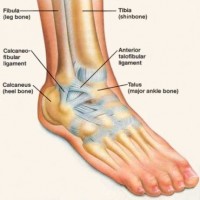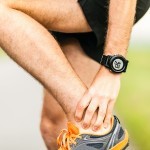Written by: Daniel Quinn, Chartered Physiotherapist
Running Injury Prevention
Running is a great form of exercise for staying healthy. It helps to lower the risk of diabetes, high blood pressure, osteoporosis and decreases the risk of heart attacks. It helps to boost our immune systems, decreasing cholesterol levels, risk of blood clots and increases your lung function. Running also helps to maintain your weight, relieves stress and helps to manage any symptoms of depression and anxiety. Although running helps to improve your health, both mentally and physically, it does carry a risk of injuries.
The most common injuries for runners are:
- Strained muscles
- Sprained ankles
- Patellofemoral Joint Pain (Pain at the front of the knee)
- Meniscal injuries/tears
- Plantarfascitis
- Shin splints
- Tendonitis
- Repetitive strain injuries from biomechanical imbalances (suboptimal muscle strength or tight muscles)
These pains can prevent you from training, and in some cases it can prevent you from running all together. So it is important to avoid these injuries, or rehab them as soon as possible, to prevent them from impacting on your running performance. To keep yourself injury free there are a few steps to follow:
- Always warm up
- Stretch muscles in the lower body and back
- Limit your training load to what is appropriate to your level, make sure you don’t over train.
- Ensure that you are performing a running strength training program, this has been shown to be one of the most effective ways of preventing injuries in runners!
- Take a Runners Pilates group class, these help to increase flexibility and strengthen specific muscles
- If you are training for a difficult run, or stepping up a level and training harder than before consider having a sports massage or dry needling to release knots due to the hard training
- Running technique assessments are also available to increase both your running performance and lower your risk of injury.
If you have any questions on prevention of running injury, contact Daniel Quinn or any of our Team on 01-4913228.








